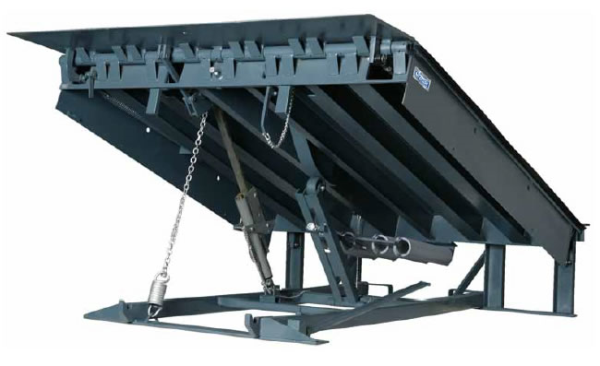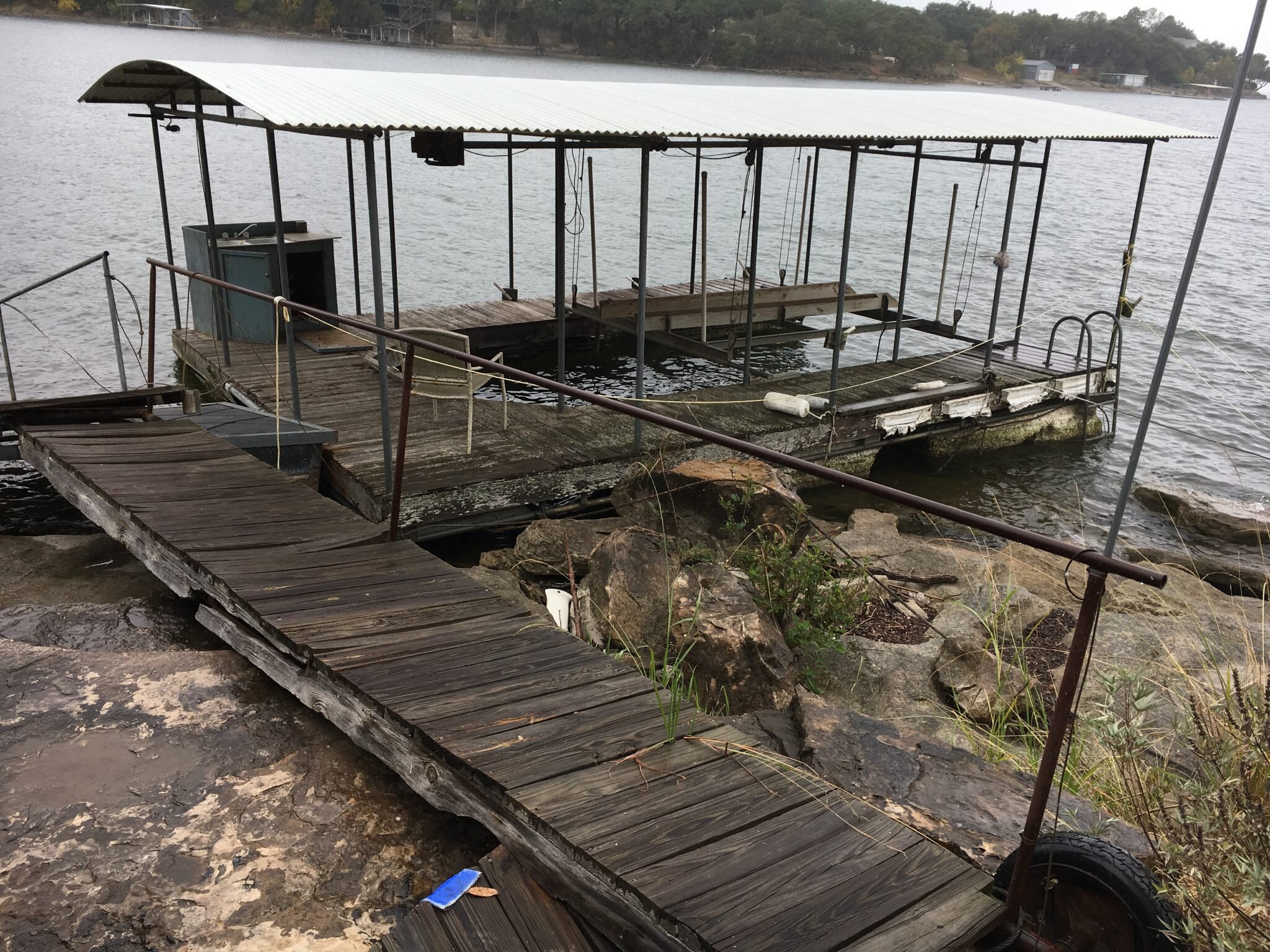How to Address Common Dock Repair Service Issues for Safe Water Activities

Identifying Common Dock Issues
Identifying common dock issues is critical for maintaining the functionality and security of your beachfront property. Normal examinations can assist discover troubles prior to they come to be serious, guaranteeing both the longevity of the dock and the safety of those who use it. One prevalent concern is loose or corroded bolts. Over time, screws, bolts, and various other fasteners can become loosened due to continuous exposure to water and climate elements, resulting in structural instability.
Another common trouble is the degradation of flotation gadgets. These gadgets are important for maintaining the dock resilient, and any kind of damage or leaks can create the dock to checklist or sink. On a regular basis looking for leakages or water logged drifts can preempt much more substantial issues.
In addition, algae and barnacle build-up on the dock's surface can produce harmful and unsafe conditions. This biofouling not only postures a danger to individuals yet can also speed up the wear and tear of the dock products.
Last but not least, inspecting for indicators of rust on metal parts is necessary. Corrosion can endanger the integrity of the dock's structure, making it harmful. By routinely determining these typical dock issues, you can make certain that your dock continues to be safe and useful for several years to come.
Repairing Rotting Timber
When addressing the problem of decomposing wood on your dock, it is important to act quickly to stop further degeneration. Begin by extensively inspecting the whole framework to recognize all impacted locations. Make use of a screwdriver to penetrate the timber; if it sinks in conveniently, the timber is most likely decayed and requires prompt interest.
Be sure to reduce back to healthy and balanced, solid timber, guaranteeing you get rid of all compromised material. After elimination, treat the remaining timber with a timber chemical to prevent future rot.
Following, replace the removed areas with marine-grade lumber or pressure-treated wood, which are extra immune to water damage. Safeguard the new pieces with stainless-steel or galvanized fasteners to stop deterioration. In addition, applying a waterproof sealer to the new wood can give an additional layer of protection.
Safeguarding Loose Boards
Just how do you guarantee your dock continues to be secure and practical for all its customers? One crucial aspect is safeguarding loose boards, which can otherwise posture substantial threats. Loosened boards not just raise the risk of stumbling yet can likewise compromise the architectural integrity of the whole dock.

For reinstallation, make use of galvanized or stainless steel screws, as these materials supply premium resistance to deterioration in marine environments. Ensure the screws are long sufficient to permeate deep into the underlying support framework, however not so lengthy that they extend with the dock's surface. Pre-drilling pilot openings can help protect against the timber from splitting.
Finally, maintain a normal examination timetable to determine and deal with any kind of new issues without delay. By protecting loose boards efficiently, you contribute to the total security and long life of your dock, making it a reliable system for water activities.
Stabilizing Unstable Pilings
Making certain the stability of unsteady pilings is critical to keeping a safe and functional dock. Use a level to inspect for vertical positioning and guarantee they are driven deep sufficient right into the substratum to provide sufficient support.
If the basics pilings are found to be unstable, one reliable approach for support is using additional supporting. Cross-bracing with treated lumber or galvanized metal can dramatically boost security. Anchor the braces securely to both the pilings and the dock structure to disperse lots equally.

Normal maintenance and periodic review of the pilings' security are vital to making certain long-lasting dock safety and security and performance.
Replacing Rusty Equipment
Dealing with unsteady pilings is simply one element of maintaining a dock's honesty; one more vital concern is replacing rustic hardware. Over time, direct exposure to moisture and salt can cause the oxidation and corrosion of bolts, screws, and braces, compromising the whole this structure's security. Normal evaluation for corrosion is vital, specifically after severe weather condition or seasonal changes.
When rustic hardware is identified, prompt action is called for. Begin by picking marine-grade stainless steel or galvanized equipment, both developed to resist the rough aquatic setting. Guarantee that you have the ideal tools, such as wrenches and screwdrivers, to safely get rid of the old, corroded pieces without causing additional damages to the dock.
After removing the rustic equipment, thoroughly clean the affected locations to eliminate any type of recurring corrosion or particles. Use a rust-inhibiting guide to revealed steel surface areas prior to installing the new hardware. Tighten all fixtures safely to prevent future loosening, and regularly check the installations to make sure ongoing stability.
Replacing rusty equipment not only prolongs the dock's life-span yet additionally considerably enhances the safety and security of water activities. By proactively taking care of deterioration, you secure both the structure and its users, making certain a protected and satisfying waterside experience.
Verdict
Normal examinations and upkeep are important to resolve common dock my website repair concerns and make certain secure water tasks. By recognizing and correcting issues such as decaying wood, loose boards, unstable pilings, and rustic hardware, structural security and long life can be substantially improved. The application of proper treatments and marine-grade products additionally fortifies the dock versus ecological stressors. Such aggressive steps contribute to the total safety and performance of dock structures, cultivating a safe and secure atmosphere for water-based tasks.
Making certain the security of water tasks hinges dramatically on the appropriate maintenance and repair service of anchors (Dock Repairs). These devices are crucial for keeping the dock resilient, and any damages or slits can create the dock to checklist or sink. By regularly identifying these typical dock concerns, you can make sure that your dock continues to be protected and useful for years to come
Ensuring the security of unstable pilings is vital to maintaining a secure and functional dock.Routine examinations and maintenance are necessary to resolve common dock fixing issues and guarantee secure water tasks.